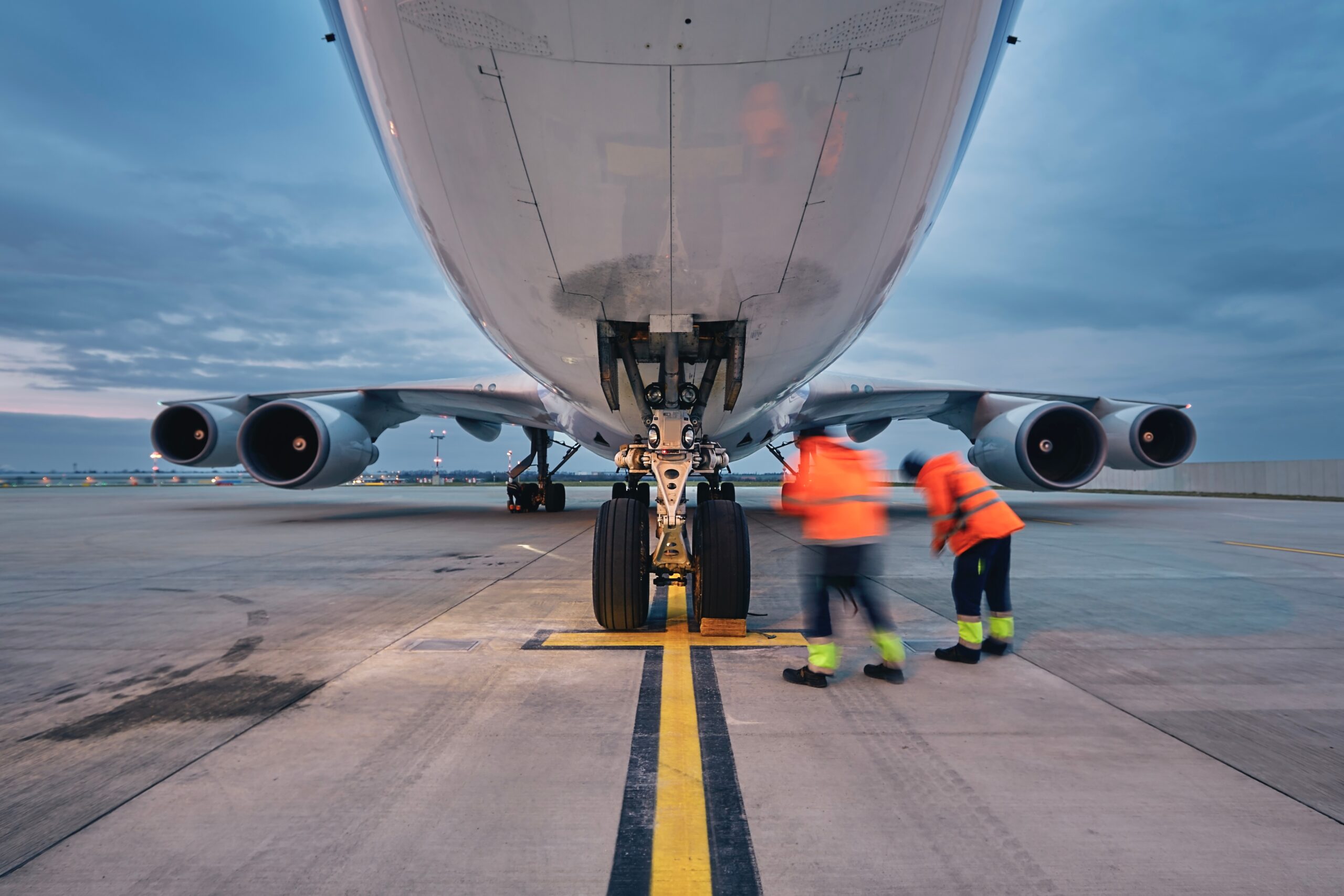Green hydrogen and Power-to-X technologies are still widely described as cornerstones in the effort to decarbonise hard-to-abate sectors. Yet lately, headlines tell a different story: projects are delayed, funding is tightening, and investment needs remain steep. Are we simply in a temporary holding pattern – or facing a deeper reality check?
While there’s no denying that the sector is encountering growing pains, the prevailing pessimism may not tell the full story. It’s worth stepping back to ask two questions:
First, were the expectations too ambitious for such a young technology?
Second, are we even looking in the right places to measure progress?
Between hype and hard numbers
The International Energy Agency (IEA) reports that low-emission hydrogen gained real momentum in early 2020. Governments pledged to scale production, and the private sector followed with significant investment. But after a series of delays and cancellations, the IEA recently revised its 2030 forecast for global hydrogen production from 49 million tonnes annually to 37 million.
This slowdown, however, doesn’t necessarily signal failure. It may reflect expectations that were simply ahead of the market. Green hydrogen still attracts substantial funding, and according to BloombergNEF, supply could ramp up significantly by 2030, alongside rising demand from industry – laying the groundwork for more final investment decisions.
Like many early-stage industries, the sector is building value chains from scratch while facing high upfront costs, regulatory uncertainty, and patchy infrastructure. This implies that first movers may face a disadvantage vis-à-vis future producers that benefit from a steep learning curve and economies of scale. That’s typical for breakthrough technologies, where progress tends to alternate between bursts of momentum and cautious recalibration.
One shift is already underway: a growing focus on Power-to-X value chains. Policymakers and investors are turning to green hydrogen-derived products – e-ammonia, e-methanol, green steel, and sustainable fuels – as viable paths toward deep decarbonisation. In a 2025 report, the IEA noted that, with continued policy support, commercial-scale carbon-free flights and low-carbon-intensity ammonia production could be reality within five years.
In short, green hydrogen walked so Power-to-X could run.
Aviation and shipping step up
Some of the most promising developments are taking place in sectors that can’t rely on direct electrification—particularly aviation and maritime shipping.
From a very low level, production of Sustainable Aviation Fuels (SAF) has quadrupled since 2022, not least because of mandates in the EU, UK, Singapore and Brazil, and many more countries to follow shortly. Recognising the need for greater scale, the International Civil Aviation Organization (ICAO) and IRENA have launched the FinVest Hub to link SAF projects with capital. As a productive cooperation, Brazil and Germany stand out, having been early collaborators, with Brazil already commissioning its first commercial-scale syncrude plant.
In maritime transport, the International Maritime Organization (IMO) is expected to adopt its Net Zero Framework this month – signalling to shipbuilders and fleet operators that the future belongs to zero-to-near-zero (ZNZ) fuels. If passed, the policy could break the long-standing “chicken-and-egg” dynamic between supply and demand. The technology is ready: methanol engines are already in operation, ammonia-ready vessels are entering the fleets. Orders for ZNZ-compatible vessels are forecast to nearly double by 2028.
Things are going south, in a good way
Look past the headlines, and the sector’s progress is emerging not just in the Global North, but also in the Global South.
India has ambitions to become a global green hydrogen hub. Now the fourth-largest investor in early-stage hydrogen and fuel cell projects, it’s rolling out programmes to support domestic innovators, particularly electrolyser manufacturers, through its National Green Hydrogen Mission. India is also investing heavily in fossil-free steel and greener shipping. Recently, India has finalised its renewable ammonia supply tender through the state-owned Solar Energy Corporation of India (SECI). It successfully allocated the entire planned 724,000 tonnes per year of renewable ammonia to participating fertiliser companies.
Brazil is drawing praise for its public support programmes and early implementation. The national System of Hydrogen Laboratories (SisH2-MCTI) and SAF initiatives are gaining international traction.
With the right political backing and strategic investments, countries like Kenya are well-positioned to follow suit. Kenya already boasts one of the highest shares of renewable electricity globally, giving it a strong foundation to produce cost-competitive e-ammonia as a shipping fuel. Its favorable geographic location and clean energy mix make it an ideal candidate for establishing Green Shipping Corridors, particularly in collaboration with the EU and in alignment with the latest IMO regulations.
Not running out of steam – just changing fuel
Green hydrogen and Power-to-X technologies may have fallen short of initial forecasts, but the narrative of decline misses the mark. What we’re seeing is a recalibration, not a retreat. The sector is shifting from pilot projects to real industrial applications, and from general hype to targeted action.
Progress is uneven, yes – but it’s happening. Especially in regions with cheap renewables and in sectors where direct electrification isn’t an option. From shipping ports to airport tarmacs, and from Brazil to India, the Power-to-X transition is quietly but steadily taking shape.
The road to defossilisation is rarely linear. But if green hydrogen was the warm-up act, Power-to-X may well be the main performance.
